Choosing the right edge banding is crucial for the durability and aesthetics of your furniture and cabinetry. This article dives deep into the world of edge banding, specifically comparing ABS and PVC options. We’ll break down the key differences, benefits, and ideal applications of each, helping you make the best choice for your projects. Whether you’re a furniture manufacturer, cabinet maker, or DIY enthusiast, understanding the nuances between ABS and PVC edge banding is essential for achieving high-quality, long-lasting results. Read on to discover which material best suits your needs!
1. What is Edge Banding and Why Does it Matter for Furniture Quality?
Edge banding might seem like a small detail, but it plays a vital role in the overall quality and appearance of furniture, cabinets, and other manufactured wood products. Think of it as the finishing touch that protects and beautifies the exposed edges of materials like Melamine MDF board panel. Without edge banding, these edges would be vulnerable to damage, moisture, and wear and tear. Plus, raw edges simply don’t look as good as a smoothly finished surface!
Edge banding is essentially a narrow strip of material used to cover the raw edges of substrate materials, most commonly particle board, MDF (Medium Density Fiberboard), and plywood. It’s applied using an adhesive, creating a seamless and professional look. Beyond aesthetics, edge banding provides crucial protection. It seals the core material, preventing moisture from seeping in and causing swelling or warping. It also protects edges from chipping and impact damage, extending the lifespan of the furniture. Choosing the right edge banding material is therefore a key decision for furniture manufacturers and cabinet makers who want to ensure both the beauty and durability of their products.
2. ABS Edge Banding Explained: What Makes it a Popular Choice?
ABS edge banding is gaining popularity as a high-performance alternative to traditional PVC. ABS stands for Acrylonitrile Butadiene Styrene, which is a high grade thermoplastic polymer. This polymer is known for its strength, impact resistance, and relative heat resistance compared to PVC. ABS edgebanding is manufactured to meet the highest standards, making it a reliable choice for demanding applications.
One of the main reasons abs edge banding is becoming increasingly popular is its superior durability. It’s significantly more impact resistant than PVC, meaning it can better absorb the impacts of daily use without chipping or cracking. This makes it particularly well-suited for high-traffic areas and furniture that needs to withstand heavy use. Furthermore, ABS edge banding offers good heat resistance, making it a safer choice between abs and pvc, especially in environments where furniture might be exposed to high temperatures. Think about kitchen cabinets near kitchen ovens – using abs edge banding in these areas can prevent warping or deformation caused by heat.
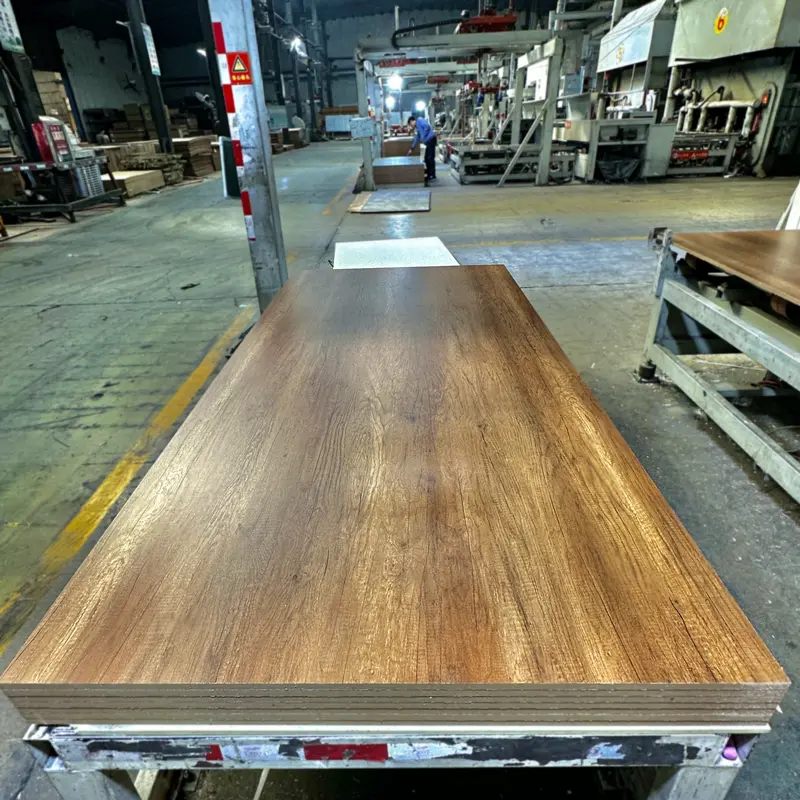
3. PVC Edge Banding: Understanding its Properties and Common Uses.
PVC, or Polyvinyl Chloride, edge banding is known as a long-standing and widely used material in the furniture industry. PVC is a type of plastic has been used for decades due to its versatility and cost-effectiveness. While perhaps not as robust in some aspects as ABS, pvc edge banding depends on its formulation and thickness, and still offers a good balance of properties for many applications.
PVC edge banding depends on the specific formulation, but generally, it’s appreciated for its flexibility, ease of application, and wide range of colors and finishes. PVC is relatively easy to work with, making it suitable for various edge banding machines and manual applications. It’s also available in a wide range of colors and patterns, allowing for great design flexibility in furniture production. While pvc edge banding may not be as impact resistant as ABS, it still provides adequate protection for edges in many standard furniture applications, particularly in residential settings where wear and tear might be less extreme than in commercial environments.
4. ABS vs. PVC Edge Banding: What Are the Key Differences in Material Composition?
The key differences between abs and PVC edge banding lie primarily in their chemical composition. PVC is made from Polyvinyl Chloride, which, as the name suggests, contains chloride. ABS, on the other hand, is made from Acrylonitrile Butadiene Styrene, a polymer that is notable for the lack of chloride in its makeup. This lack of chloride is a significant factor in several key performance and environmental aspects that differentiate the two materials.
This difference in composition impacts how each material behaves mechanically and thermally, and also their environmental footprint. The presence of chloride in PVC affects its burning properties and recyclability, whereas the lack of chloride in ABS contributes to it being considered a more environmentally friendly solution. Furthermore, the specific raw material formulation of each type of edge banding influences its flexibility, heat resistance, and durability. Understanding these core compositional differences is fundamental to appreciating the practical distinctions between pvc and abs edge banding in application.
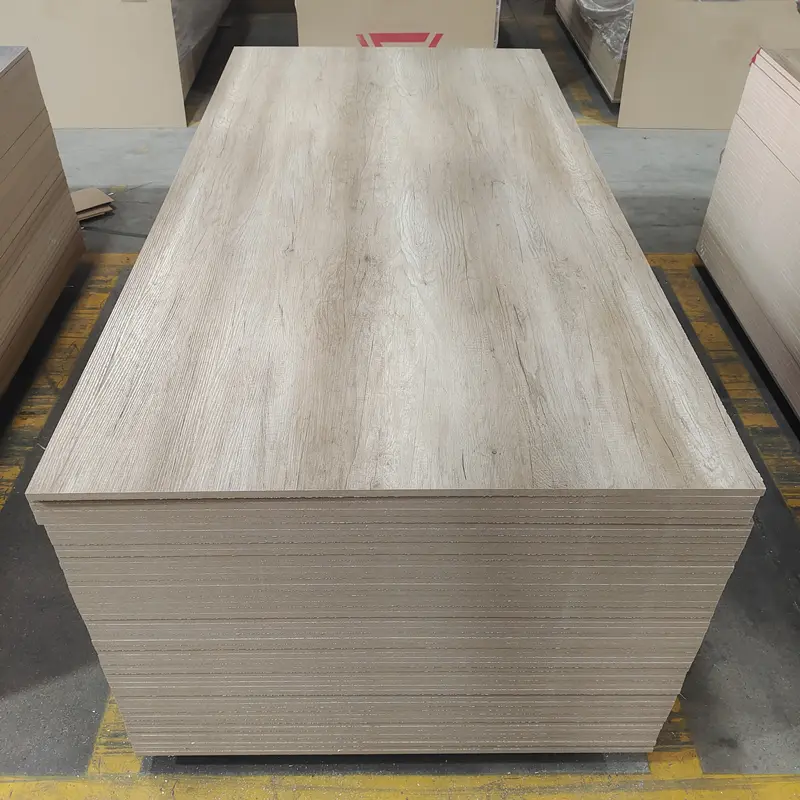
5. Durability and Longevity: Is ABS Edge Banding More Durable Than PVC?
When it comes to durability, ABS edge banding generally outperforms PVC. This is largely due to the inherent properties of the acrylonitrile butadiene styrene polymer. ABS is significantly more impact resistant, meaning it can withstand knocks and bumps much better than PVC without suffering damage. In tests measuring impact resistance, ABS can be up to 12-27 times stronger than some types of PVC, while standard pvc is around 1-20 times stronger than itself and abs edge banding is about 1-6 times stronger than itself. This enhanced impact resistance translates to furniture edges that are less likely to chip, crack, or dent over time, especially in demanding environments.
For applications where furniture is subject to heavy use or potential impacts, such as in commercial spaces, schools, or homes with active children, abs edge banding is often the superior choice for durability. While PVC offers reasonable durability for many standard residential furniture applications, ABS provides an extra layer of protection and longevity. This makes ABS a worthwhile investment for furniture manufacturers aiming to produce high-quality, long-lasting products that can withstand the rigors of daily life.
6. Heat Resistance Showdown: How Do ABS and PVC Edge Banding Perform in High Temperatures?
Heat resistance is another area where ABS edge banding typically holds an advantage over PVC. While both materials are thermoplastic, meaning they soften when heated, ABS generally has a higher melting point and better dimensional stability at elevated temperatures. This is particularly important in environments where furniture may be subject to high temperatures, such as near kitchen ovens, radiators, or in direct sunlight.
PVC edge banding depends on its specific formulation, but generally, it can start to soften and deform at lower temperatures compared to ABS. This can lead to issues like edge banding peeling away from the substrate, especially if the adhesive used is also heat-sensitive. ABS edge banding, with its better heat resistance, is less likely to suffer from these problems. While neither PVC nor ABS are designed for extremely high-heat environments like ovens themselves, ABS offers a greater margin of safety in situations where moderate heat exposure is a concern, making it a more reliable choice for a wide range of applications. It’s worth noting that the glue application temperature will vary and the temperature will vary between 90°c and vary between 90°c and 220°c depending on the adhesive and machinery used.
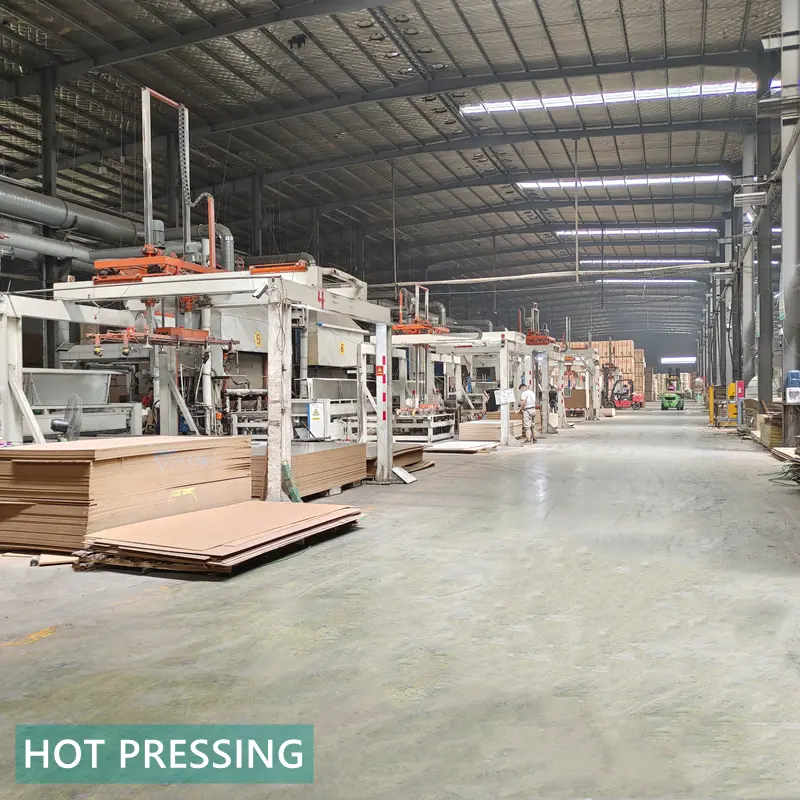
7. Environmentally Friendly Edgebanding: Is ABS a Greener, Environmentally Friendly Solution Compared to PVC?
In today’s world, environmental considerations are increasingly important, and edgebanding is environmentally friendly solutions are in high demand. Here, ABS is considered to be the more environmentally friendly option compared to PVC. The key differences in their environmental impact stem from their composition and lifecycle.
PVC production and disposal can be problematic due to the presence of chloride. Burning PVC can release harmful dioxins, and its recycling process is more complex than ABS. ABS, with its lack of chloride, is considered cleaner in both production and disposal. When burnt without issue, ABS does not release dioxins. ABS is also recyclable, further enhancing its environmental profile. While PVC might be recyclable in some facilities, the process is less straightforward. For companies and consumers prioritizing sustainability, ABS edge banding is often seen as the greener, more responsible choice. This aligns with a growing trend towards environmentally friendly materials in furniture and construction.
8. Advantages of Using ABS Edge Banding: What are the Key Benefits?
ABS edge banding offers distinct advantages that make it a compelling choice for a wide range of applications. Key benefits include:
- Superior Impact Resistance: As we’ve already touched upon, ABS excels in impact resistance, providing exceptional protection against knocks, dents, and chips. This is crucial for furniture durability and longevity, especially in high-use environments.
- Enhanced Heat Resistance: ABS boasts better heat resistance compared to PVC, making it more stable in moderately warm environments and less prone to deformation or peeling near heat sources.
- Environmentally Preferred: Being also recyclable and unlike pvc, ABS is a more sustainable and recyclable option with a lower environmental footprint due to the lack of chloride and cleaner burning properties.
- High-Quality Finish: ABS can be manufactured to a very high-quality finish, available in a wide range of colors, textures, and gloss levels to match various design aesthetics. It’s also the ease of achieving a seamless and professional look with ABS edge banding application.
- Versatility: ABS is a versatile material is crucial, suitable for different applications, from kitchen cabinets and office furniture to retail displays and more.
These advantages make ABS edge banding a premium option for those seeking edgebanding solutions that prioritize performance, durability, and environmental responsibility.
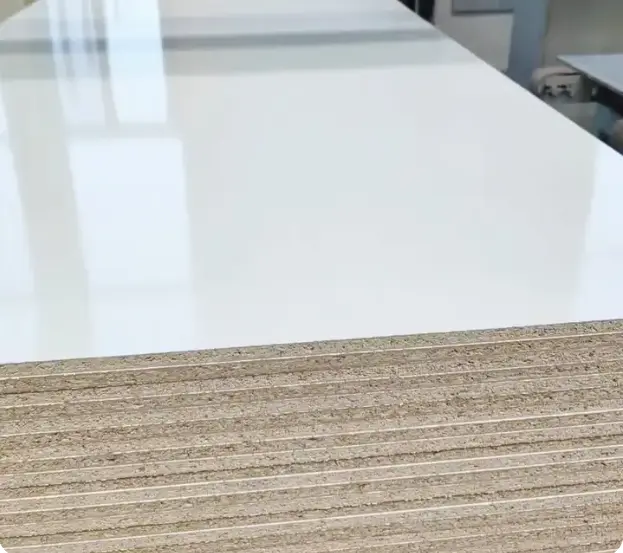
9. Advantages of Using PVC Edge Banding: When is PVC the Preferred Choice?
Despite the advantages of ABS, PVC edge banding remains a popular and practical choice for many applications, offering its own set of benefits:
- Cost-Effectiveness: PVC is generally more cost-effective than ABS. For large-scale projects or budget-conscious manufacturers, pvc edge banding can be a more economical option without sacrificing essential edge protection.
- Flexibility and Ease of Application: PVC is known for its flexibility, making it easy to apply to curved or intricate edges. It works well with a wide range of edge banding machines and conventional hot melt adhesives.
- Wide Range of Designs: PVC is available in an extensive array of colors, patterns, textures, and finishes, including wood grains, solid colors, and decorative prints. This vast selection offers designers greater creative freedom.
- Water Resistance: PVC offers good water resistance, making it suitable for use in kitchens and bathrooms where moisture exposure is a concern.
- Established Technology: PVC edge banding technology is well-established, with readily available machinery, adhesives are particularly formulated for PVC, and a wealth of application expertise.
For projects where budget is a primary concern, extreme impact resistance or very high heat resistance are not critical, and a wide design selection is desired, PVC edge banding can be an excellent and practical choice.
10. Making the Right Choice: How to Choose Between ABS and PVC Edge Banding for Your Specific Project Needs?
Choosing between ABS and PVC edge banding ultimately depends on your specific project requirements and priorities. Consider these factors to make the right choice:
- Application Environment: For high-traffic areas, commercial settings, or furniture subject to high temperatures (like kitchens), ABS is generally recommended due to its superior durability and heat resistance. For standard residential furniture or less demanding environments, PVC may suffice.
- Budget: If cost is a major constraint, PVC is the more budget-friendly option. However, consider the long-term value – the increased durability of ABS might lead to lower replacement costs over time.
- Design Requirements: PVC offers a wider variety of design options. If achieving a specific aesthetic is paramount and impact resistance is less critical, PVC might be preferred. However, ABS is increasingly available in diverse designs as well.
- Environmental Considerations: If sustainability is a priority, ABS is considered the more environmentally friendly solution.
- Performance Requirements: Assess the level of impact resistance and heat resistance needed for your application. If these are critical factors, ABS is the better performer.
By carefully evaluating these factors, you can confidently select the edge banding material – ABS or PVC – that best meets the needs of your project, balancing performance, cost, and environmental considerations.
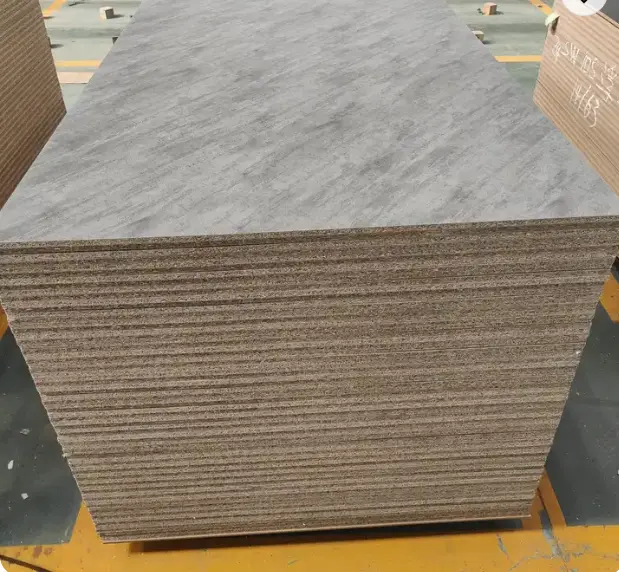
11. Looking for High-Quality Edgebanding Solutions?
If you’re in the market for reliable and high-quality edgebanding solutions, look no further than Demeter! As a leading factory specializing in wood-based panel products and decorative materials, we offer a comprehensive range of edge banding options, including both premium ABS edge banding and versatile PVC edge banding. We understand that the choice between abs and pvc is crucial, and we are here to help you make the right choice.
Whether you need edge banding solutions for kitchen cabinets, office furniture, retail fixtures, or any other application, Demeter has the perfect product to meet the highest standards. We provide edge banding in a wide range of colors, finishes, and dimensions to match your specific requirements. Our edge banding is manufactured with precision and high-quality materials to ensure excellent adhesion, durability, and aesthetic appeal. We export our products globally, including to the USA, North America, Europe, and Australia, serving furniture manufacturers, cabinet makers, interior designers, and more. Contact us today to explore our edgebanding solutions and discover how Demeter can enhance the quality and appeal of your products! We are your trusted partner for all your decorative material needs, from RAW MDF to Melamine plywood 12mm and Melamine papers.
Key Takeaways – ABS vs. PVC Edge Banding:
- Durability: ABS edge banding is generally more durability and impact resistant than PVC.
- Heat Resistance: ABS offers better heat resistance, suitable for areas exposed to high temperatures.
- Environmental Impact: ABS is considered a more environmentally friendly solution due to the lack of chloride and recyclability.
- Cost: PVC is typically more cost-effective than ABS.
- Design Variety: PVC offers a wider range of colors and designs, although ABS options are expanding.
- Application: Choose ABS for high-wear, high-heat, or environmentally sensitive applications. PVC is suitable for many standard furniture applications where budget and design variety are key.
By understanding these key differences, you can confidently choose the ideal edge banding material for your next project, ensuring both quality and longevity.
Post time: 02-26-2025











